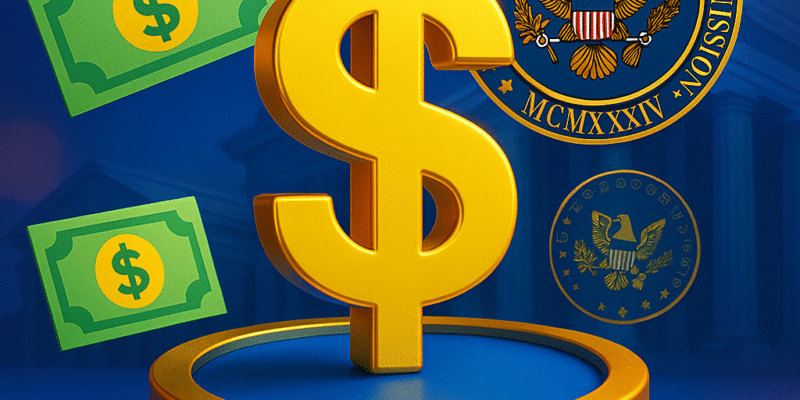In a groundbreaking shift for the digital finance world, the U.S. Securities and Exchange Commission (SEC) has officially recognized certain stablecoins as cash equivalents. This means that USD-backed stablecoins meeting specific criteria can now be reported on corporate balance sheets just like traditional cash.
This isn’t just another regulatory update. It’s a clear sign that digital currencies are being pulled into the financial mainstream. For years, stablecoins have sat in a legal gray area. Businesses didn’t quite know how to treat them. Banks were hesitant to hold them. Investors were unsure about how regulators would react. That uncertainty has now started to fade.
Under the new SEC guidance, a stablecoin must be backed one-to-one by U.S. dollars or short-term Treasury bills. It must also offer clear and guaranteed redemption rights. If a digital asset meets these standards, it can be treated as liquid cash in financial reporting. This clarity could open the doors for banks, hedge funds, and corporations to begin engaging with stablecoins in ways that were previously off-limits.
Ripple’s stablecoin, RLUSD, is already gaining attention as one of the prime beneficiaries of this policy change. It is fully backed by U.S. dollar deposits and Treasury securities, making it a strong candidate under the SEC’s guidelines. Additionally, RLUSD is tied to Ripple’s XRP token, which is required for transaction fees. These fees are burned with each transaction, effectively reducing XRP supply and potentially increasing its market value over time.
For Ripple, this announcement provides the regulatory green light it has been waiting for. With institutional players now able to hold RLUSD as cash, there could be a surge in adoption. More importantly, this development gives XRP a stronger use case, which could improve investor confidence and long-term utility.
The timing of this guidance also aligns with the passage of the GENIUS Act, a new law signed by President Donald Trump in July 2025. The Act formally recognizes regulated stablecoins as cash and clarifies that they are not securities or commodities. This legal distinction removes the kind of ambiguity that previously discouraged financial institutions from stepping into the stablecoin market.
SEC Chair Paul Atkins highlighted the impact of this shift, stating that it is a vital move toward innovation and regulatory clarity. He also indicated that stablecoins could soon play a bigger role in areas like settlements and margin trading, especially for SEC-registered companies.
With these changes in motion, traditional financial institutions now have a clear path to participate in the stablecoin economy. This reduces compliance risks and opens up new opportunities for integration between traditional banking and blockchain-based assets.
The bottom line is simple: the SEC has changed the rules, and the door to stablecoin adoption is now wide open. For companies like Ripple and investors in XRP, this could mark the beginning of a much larger wave of growth.

Comments